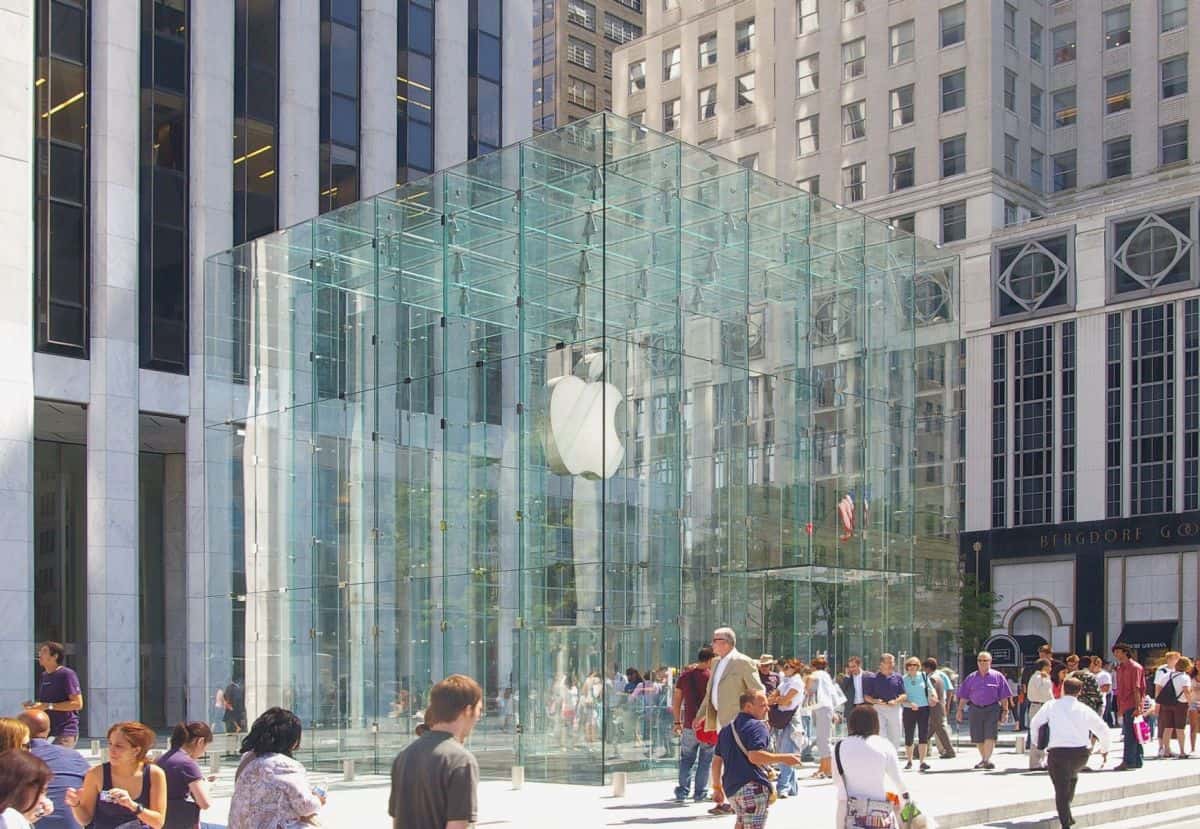
Iman Masmoudi is a student at Harvard Law School.
As labor organizing spreads rapidly across the country, recent profiles show just how workers get started, the methods they are using, and what inspired their actions. As OnLabor has previously covered here and here, social media has become a powerful organizing tool for workers across industries. The NYTimes today profiled a worker at one of Florida’s Dollar General stores, who began documenting her long hours and subpar working conditions on TikTok. After going viral, she was fired. She now manages a network of hundreds of Dollar General and other retail workers who are still speaking out, and is hoping to build a “movement” that can lead to a union. Social media organizing like Ms. Gundel’s may be one factor, or sign (depending on which came first), of the growing public support for workers and unions. In that vein, More Perfect Union reported today that even though many Americans have a favorable view of Amazon, the vast majority (~75%) still support the Amazon Workers’ Union and believe it is necessary to achieve “job security, better pay, and safer working conditions.”
An NLRB administrative law judge ruled that Amazon must reinstate Gerald Bryson, who was fired two years ago after an organizing protest. This is the same Amazon warehouse where workers successfully created the first Amazon union weeks ago. Mr. Bryson celebrated the decision as one that “will show that Amazon can be beat. It will show you have to fight for what you believe in.” Following the unions at Amazon and Starbucks, workers at Apple retail stores have also begun to organize. Many credit the increased support for workers at NLRB to changes brought in by Jennifer Abruzzo, NLRB General Counsel. We may continue to see such administrative changes as the Biden Administration proposes a budget that increases NLRB funding by 15%. The NLRB budget has long been frozen at $274 million and last had a budget increase in 2014.
Finally, last week, Maryland’s General Assembly overroad Governor Larry Hogan’s veto to enact the Time to Care Act of 2022 (TCA). With that, Maryland joined the growing list of jurisdictions — including California, Colorado, Connecticut, Oregon, Massachusetts, New Jersey, New York, Rhode Island, Washington State, and Washington, DC — that have adopted a paid family and medical leave insurance program. The program provides up to twelve weeks of paid leave for eligible employees.






Daily News & Commentary
Start your day with our roundup of the latest labor developments. See all
July 2
Block, Nanda, and Nayak argue that the NLRA is under attack, harming democracy; the EEOC files a motion to dismiss a lawsuit brought by former EEOC Commissioner Jocelyn Samuels; and SEIU Local 1000 strikes an agreement with the State of California to delay the state's return-to-office executive order for state workers.
July 1
In today’s news and commentary, the Department of Labor proposes to roll back minimum wage and overtime protections for home care workers, a federal judge dismissed a lawsuit by public defenders over a union’s Gaza statements, and Philadelphia’s largest municipal union is on strike for first time in nearly 40 years. On Monday, the U.S. […]
June 30
Antidiscrimination scholars question McDonnell Douglas, George Washington University Hospital bargained in bad faith, and NY regulators defend LPA dispensary law.
June 29
In today’s news and commentary, Trump v. CASA restricts nationwide injunctions, a preliminary injunction continues to stop DOL from shutting down Job Corps, and the minimum wage is set to rise in multiple cities and states. On Friday, the Supreme Court held in Trump v. CASA that universal injunctions “likely exceed the equitable authority that […]
June 27
Labor's role in Zohran Mamdani's victory; DHS funding amendment aims to expand guest worker programs; COSELL submission deadline rapidly approaching
June 26
A district judge issues a preliminary injunction blocking agencies from implementing Trump’s executive order eliminating collective bargaining for federal workers; workers organize for the reinstatement of two doctors who were put on administrative leave after union activity; and Lamont vetoes unemployment benefits for striking workers.